
Updated. Fidelity announced another round of expense ratio cuts effective August 1, 2017. They last announced a big round of expense ratio drops in July 2016. This move allows them to make the following claim:
Fidelity beats Vanguard on expenses on 17 of 17 comparable stock and bond index funds and 11 of 11 comparable sector ETFs. Comparisons based on fund expense ratios only.
Mutual Fund Share Classes. Fidelity separates mutual funds into Investor Class ($2,500 minimum) and Premium Class ($10,000). Individual ivestors in employer retirement plans may have access to these funds, including institutional share classes, without the minimums. This is in close alignment with Vanguard Investor and Admiral share classes.
Highlights. Here are some broad US and Domestic index funds that I track.
- Fidelity 500 Index Fund. Investor 0.09% Premium 0.035%
- Fidelity Total Market Index Fund. Investor 0.09% Premium 0.035%
- Fidelity (Developed) International Index Fund. Investor 0.16% Premium 0.06%
- Fidelity Global ex U.S. Index Fund Investor 0.17% Premium 0.10%
- Fidelity Total International Index Fund Investor 0.17% Premium 0.10%
- Fidelity Emerging Markets Index Fund Investor 0.29% Premium 0.13%
- Fidelity U.S. Bond Index Fund Investor 0.14% Premium 0.045%
- Fidelity Inflation-Protected Bond Index Fund Investor 0.19% Premium 0.09%
Here is the full list with changes (official page):
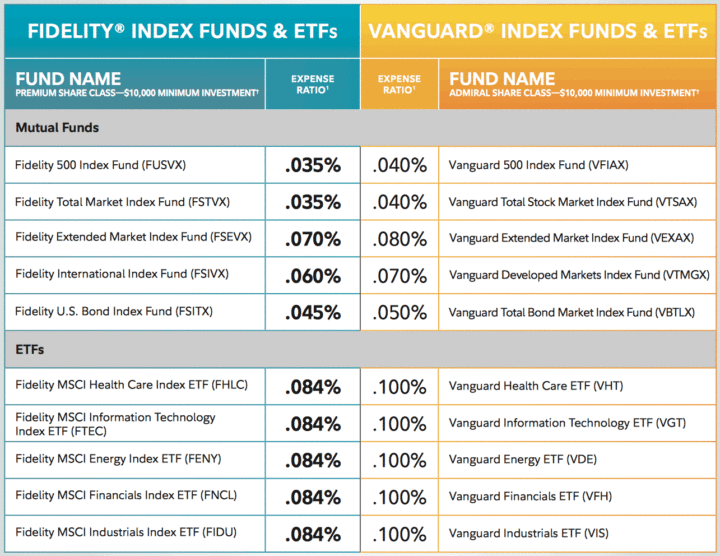
 LivingSocial has a
LivingSocial has a 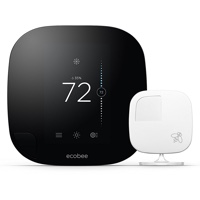 The hottest time of the year has arrived. The U.S. Energy Information Administration (EIA)
The hottest time of the year has arrived. The U.S. Energy Information Administration (EIA) 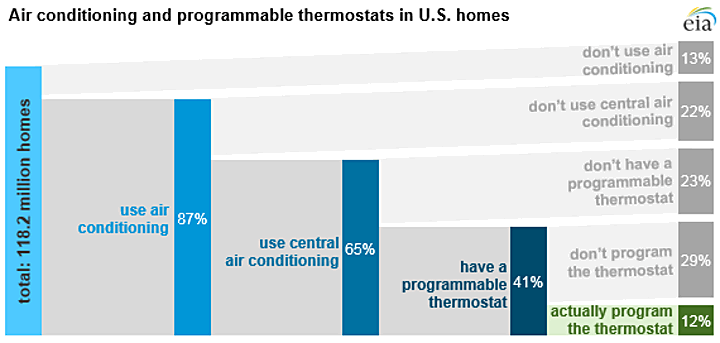
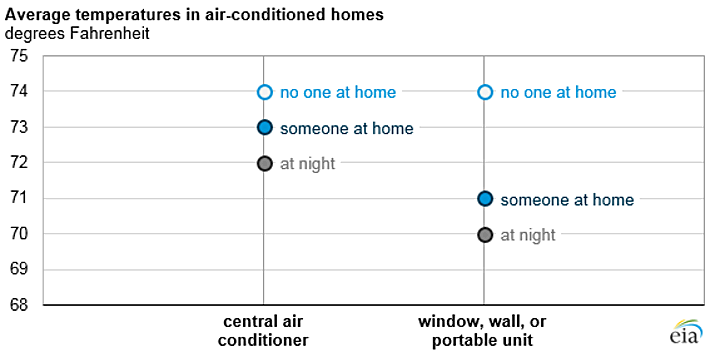
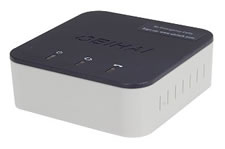 Updated. If you still like the idea of landline phone service and multiple handsets around the house, Obihai VoIP boxes are officially supported by Google Voice to provide unlimited free calls to the USA to Canada. That’s totally free: $0 a month + $0 in tax and fees. Low international per-minute rates as well. All you need is a broadband internet connection and and a power plug (no computer).
Updated. If you still like the idea of landline phone service and multiple handsets around the house, Obihai VoIP boxes are officially supported by Google Voice to provide unlimited free calls to the USA to Canada. That’s totally free: $0 a month + $0 in tax and fees. Low international per-minute rates as well. All you need is a broadband internet connection and and a power plug (no computer). 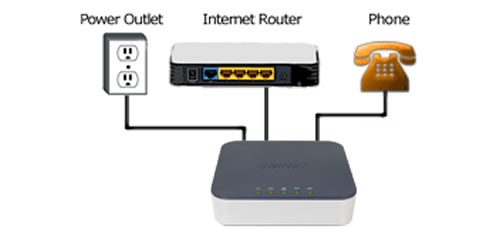
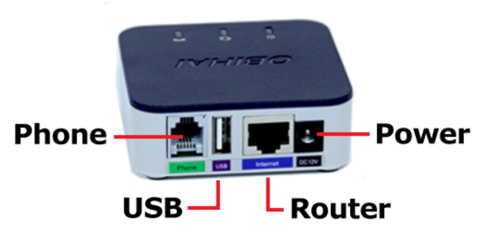
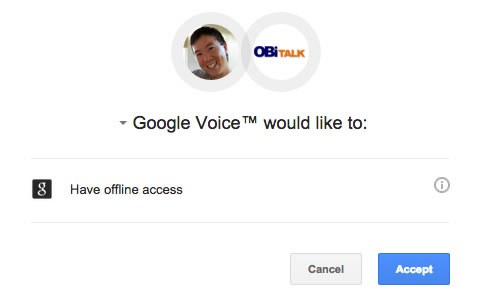
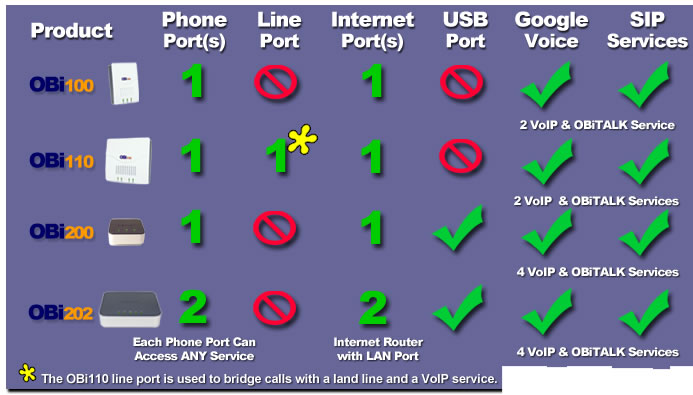
 First, you were told that the best way to buy happiness was to
First, you were told that the best way to buy happiness was to 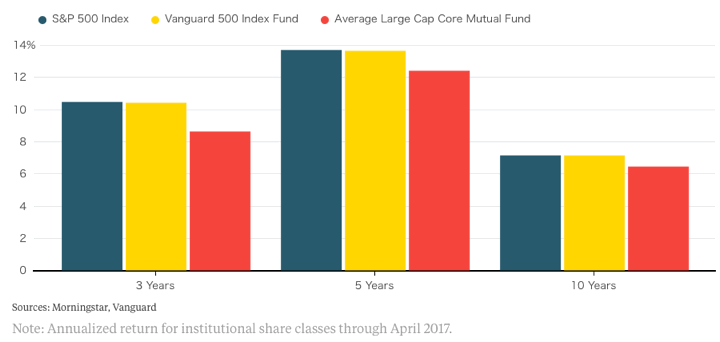


 My strategy for saving money on shaving is simple. I buy a bunch of razors once every 2 years, and use one razor per month. I try not to pay more than $1 per razor, so my total shaving bill is under $12 a year. To make sure they stay comfortable, I dry thoroughly after each use (some people use alcohol or mineral oil). I also hone occassionally with my
My strategy for saving money on shaving is simple. I buy a bunch of razors once every 2 years, and use one razor per month. I try not to pay more than $1 per razor, so my total shaving bill is under $12 a year. To make sure they stay comfortable, I dry thoroughly after each use (some people use alcohol or mineral oil). I also hone occassionally with my 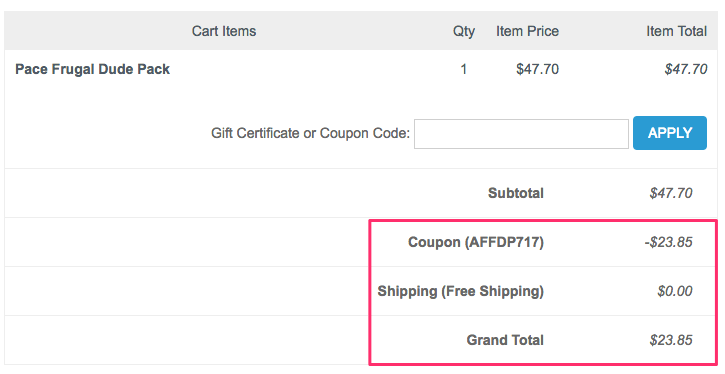
 The
The 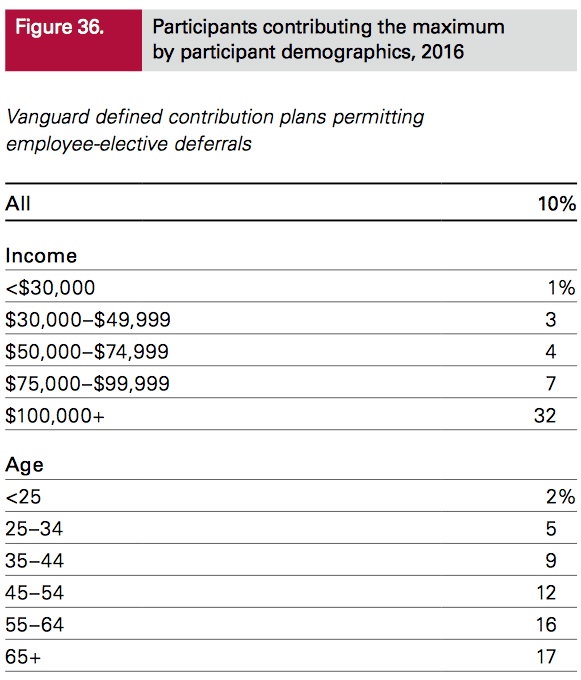
 JetBlue Airlines has a
JetBlue Airlines has a 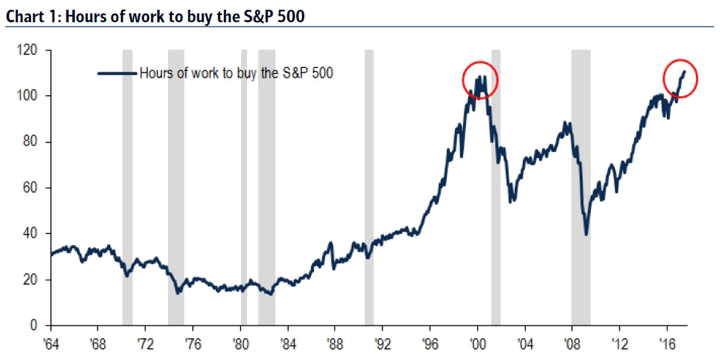
 The Best Credit Card Bonus Offers – March 2024
The Best Credit Card Bonus Offers – March 2024 Big List of Free Stocks from Brokerage Apps
Big List of Free Stocks from Brokerage Apps Best Interest Rates on Cash - March 2024
Best Interest Rates on Cash - March 2024 Free Credit Scores x 3 + Free Credit Monitoring
Free Credit Scores x 3 + Free Credit Monitoring Best No Fee 0% APR Balance Transfer Offers
Best No Fee 0% APR Balance Transfer Offers Little-Known Cellular Data Plans That Can Save Big Money
Little-Known Cellular Data Plans That Can Save Big Money How To Haggle Your Cable or Direct TV Bill
How To Haggle Your Cable or Direct TV Bill Big List of Free Consumer Data Reports (Credit, Rent, Work)
Big List of Free Consumer Data Reports (Credit, Rent, Work)